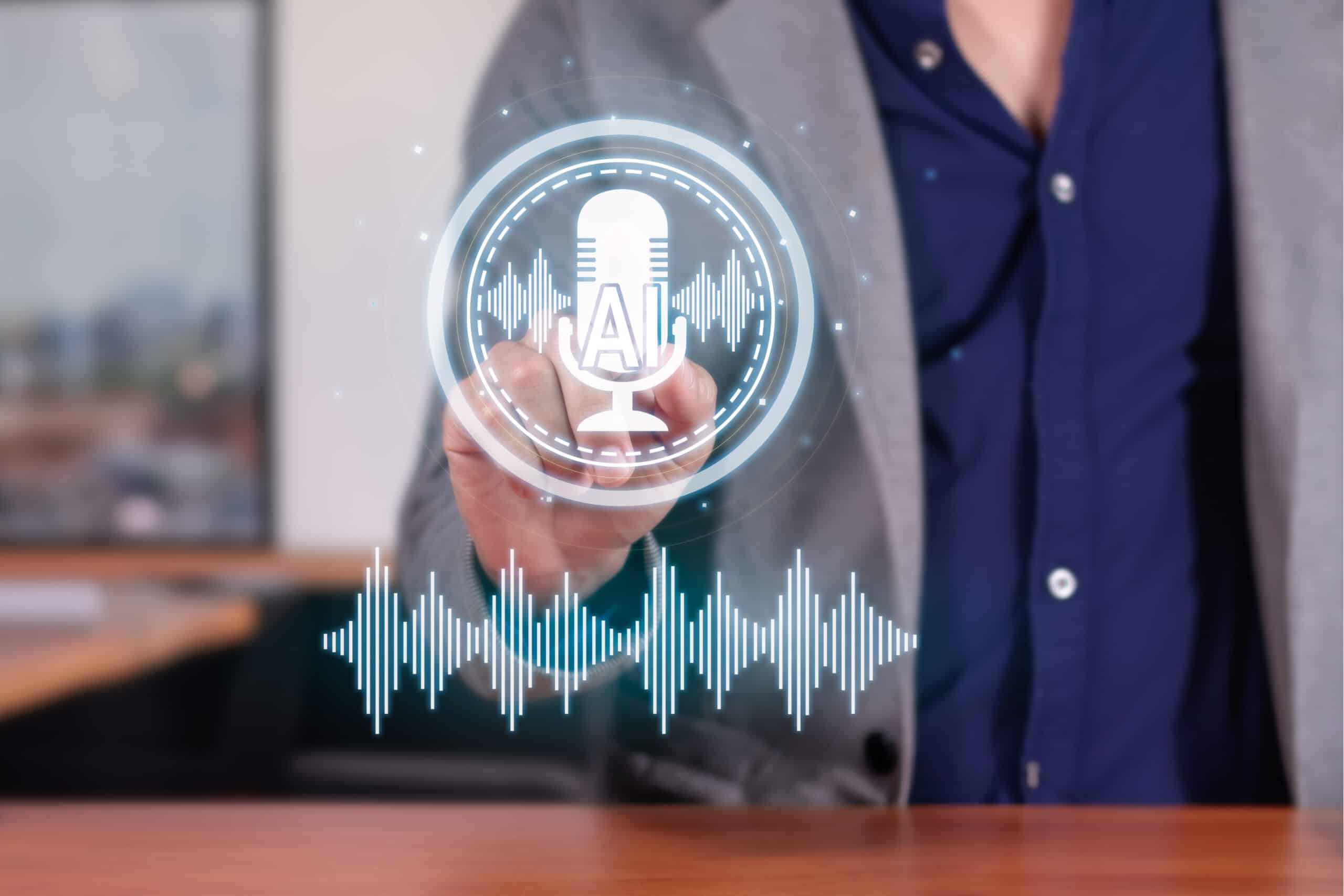Text-to-Speech (TTS)

What Is Text-to-Speech?
Text-to-Speech (TTS) is a technology that turns written text into natural-sounding spoken audio. In simple terms, it lets computers and devices “speak” by changing words on a screen into realistic voice output.
Originally developed to improve accessibility for visually impaired users, TTS has since become a key part of modern digital communication. It is now used for everything from virtual assistants and customer service bots to e-learning platforms and video narration tools.
Modern TTS audio goes far beyond robotic speech. With breakthroughs in artificial intelligence (AI) and deep learning, TTS systems now capture human-like qualities such as emotion, intonation, pacing, and emphasis. This makes the listening experience more engaging, relatable, and lifelike.
At its core, TTS serves a simple but powerful purpose: to make written content universally accessible and easier to absorb by giving it a voice.
How TTS Works in Modern AI Systems
TTS uses several complex steps to turn text into speech with AI models. Most modern systems work through cloud-based APIs that fit easily into applications, websites, and platforms.
Here’s how the process typically works:
Text Processing:
The input text is analyzed and prepared. The system identifies words, punctuation, numbers, abbreviations, and context clues like emotion or tone.
Linguistic Analysis:
Using natural language processing (NLP), the system interprets the structure, meaning, and rhythm of the text. This ensures it sounds right when spoken aloud.
Speech Synthesis:
AI models then convert linguistic data into sound waves. This step relies on neural networks trained on large datasets of human speech. This training allows the TTS engine to mimic real voices.
Voice Rendering:
The synthesized voice is fine-tuned with parameters like pitch, speed, and tone. This helps achieve the desired level of expressiveness and natural sound.
Modern TTS systems can now create voices that are indistinguishable from real humans. Some even support multilingual capabilities, emotional tone control, and real-time speech generation. Platforms like D-ID integrate multiple TTS providers to offer flexibility, quality, and a range of languages and voice styles, making it easy to adjust voice output for global audiences.
Learn more about how AI voice cloning works and how it connects to the next generation of TTS technology.
Enterprise Use Cases for TTS
In business and enterprise settings, text-to-speech technology has become a crucial tool for communication, training, and accessibility. It saves time, boosts engagement, and lowers the cost of creating professional voice content.
Here are some of the most common use cases:
1. E-Learning & Training
TTS enables scalable voice narration for educational videos, online courses, and tutorials. It is available in multiple languages and voices. Learners can listen to content instead of reading it, which improves retention and accessibility.
2. Customer Service & Chatbots
Many customer support systems use TTS to deliver human-like responses in voice-based interactions. When combined with natural language understanding (NLU), it creates real-time, conversational experiences.
3. Marketing & Content Creation
Marketing teams use TTS to add narration to videos, social media clips, and promotional materials without relying on human voice actors. This allows for quick content localization and maintains a consistent brand voice across different regions.
4. Accessibility & Inclusivity
TTS helps organizations meet accessibility standards, such as WCAG and ADA, by allowing users to hear on-screen content read aloud. This improves usability for people with visual or cognitive challenges.
5. Virtual Agents & Avatars
When paired with AI avatars, TTS audio brings digital humans to life. These avatars can speak, teach, or guide users in real time. D-ID’s interactive avatars depend on high-quality, expressive TTS voices to provide truly human-like experiences in areas like training, sales, and internal communication.
For developers, D-ID also provides a direct Microsoft TTS API integration, allowing advanced customization of voice tone, speed, and language within interactive video and avatar experiences.
FAQs
-
Earlier TTS systems relied on rule-based or concatenative methods, which pieced together prerecorded sounds. Modern AI TTS, however, uses deep neural networks to model human speech patterns. This produces fluid, expressive, and realistic voices with natural intonation and emotion.
-
Many enterprise TTS providers now offer custom voice creation. By training AI models on specific recordings, companies can create branded voices that reflect their identity or local dialects. This is ideal for marketing, training, or virtual assistant applications.
-
Naturalness depends on dataset quality, neural model architecture, emotion modeling, and prosody, which refers to the rhythm and melody of speech. The best systems balance technical precision with emotional realism.
-
Free or open-source TTS tools exist, but they often lack the linguistic accuracy, scalability, and voice variety that enterprises need. For professional applications, cloud-based TTS APIs from providers like Microsoft, Google, or Amazon offer higher quality and flexibility.
-
D-ID’s platform connects with leading TTS APIs, including Microsoft TTS and ElevenLabs. This gives users access to hundreds of voice options in dozens of languages. This multi-provider setup ensures consistent performance, varied styles, and global reach, all seamlessly integrated into D-ID’s AI video and avatar solutions.
Was this post useful?
Thank you for your feedback!